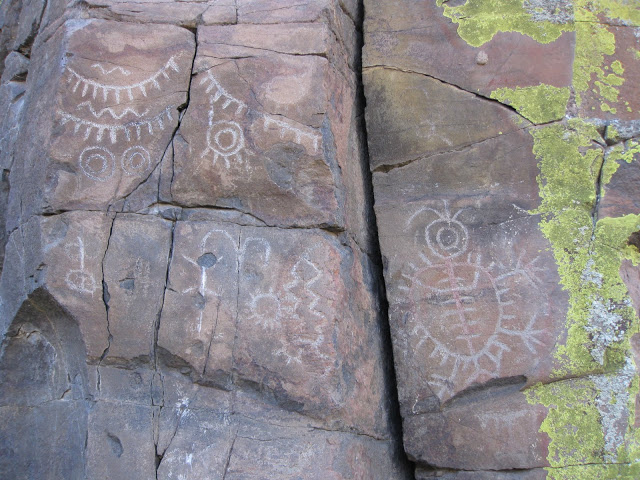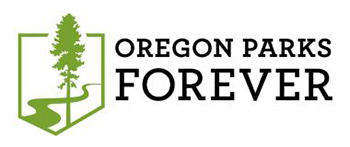
Oregon is rich in cultural history and also a state where many significant discoveries have been made about the early indigenous North American cultures. Some of these finds have contributed to the theory that human residence on the continent began much earlier than is widely accepted.
Some of oldest sites in Oregon include the Indian Sands site in Boardman State Park, and the Fort Rock Cave near Fort Rock State Natural Area, each producing evidence of human habitation from more than 10,000 years ago. Enjoying and appreciating this ancient history of our State is best done at a distance; most sites are not publicly accessible and have been previously damaged by vandals and artifact hunters. However, there are many places to visit and learn about the lives of the peoples here long ago.
Visit a museum
The University of Oregon Museum of Natural and Cultural History in Eugene is home to the state’s most active archaeological research program. Artifacts in their collections date back as far as 14,000 years and the museum has excellent online exhibits and community programs as well. Admission is free on Indigenous Peoples Day, October 11th.
The Oregon Historical Society Museum in Portland is currently featuring a collection of Klamath Tribes Basketry, showcasing the traditional artwork and craftsmanship of the Klamath, Modoc, and Yahooskin people, whose ancestors were likely among the people living here thousands of years ago.
The Museum at Warm Springs has built a collection of tribal artifacts that represents the culture of the warm springs people, and represents one of the largest collections owned by a tribe. Museum guests can learn much about the history and traditions of Oregon’s native people in a permanent, interactive exhibit and rotating displays that showcase over 40 years of collecting and preserving tribal history. The museum is on Highway 26, directly across from the Indian Head Casino.
The Tamastslikt Cultural Institute, located in Pendleton, OR, offers visitors the chance to experience the rich past, present, and future of the Cayuse, Umatilla, and Walla Walla tribes, with exhibits featuring artwork and year-round events.
Guided Hikes/Tours
Fort Rock Cave This cave is the site of the oldest-known shoes ever discovered. The sagebrush sandals found here date to between 9,000 and 11,000 years ago. Normally, the state parks offers a guided tour. Tours are currently cancelled through 2021 due to Covid, but the trails at Fort Rock State Natural area are open to hikers.
She who Watches Hike Not in Oregon, but close by, you can view these Columbia Gorge petroglyphs on a guided tour from the Friends of the Columbia Gorge or Washington State Parks, when available.
Cascadia Cave The Willamette National Forest offers hikes guided by a ranger. The petroglyphs in the cave date back as far as 8,000 years. Scheduling info and advance registration is online through recreation.gov.
Online resources for learning and discovery
Archaeology Roadshow is an online portal with articles, activities, and video/audio recordings for learning about Archaeology in Oregon.
The Oregon Archaeological Society website provides information about lectures, training, and other activities of the society.
The Oregon State Historic Preservation Office website provides information on historic sites and how to report archaeological finds in Oregon, as well information on laws and regulations pertaining to cultural resources.

Great information & post — Thank you!
Thanks for this information. Lots of great ideas of where to find more information & do some outdoor exploring.
I did not realize there are so many I got logical findings of our first nation people all over Oregon, be a goal to see every side of a good logical findings in museums And caves discover with Indian hieroglyphics; That would be a quiet adventure discovering all parts of already already discovered I have a do you logical digging same set up museums in activity sites for the public.
I am assuming that this was a “speech to text” issue, and you are talking about archaeological findings. Most archaological excavations are not open to the public,but in some places that are well-known, they might have events where the public are allowed. I am not aware of any, though.